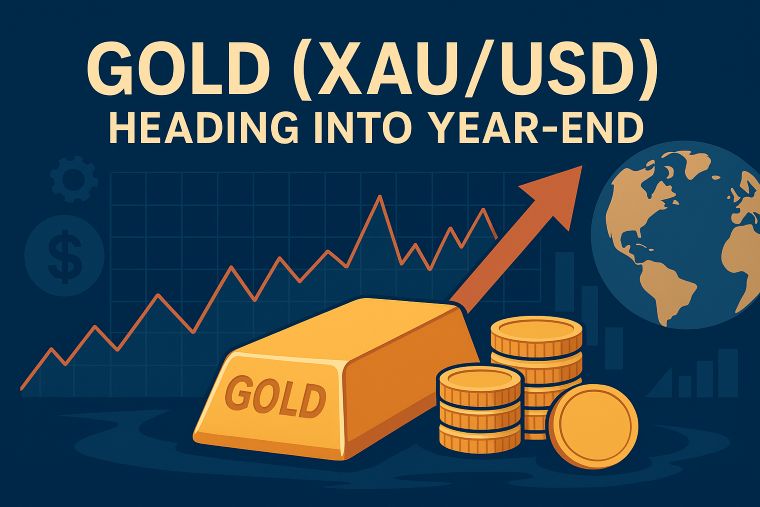3 min to read
We witness a notable surge in demand for the US dollar
a development that has propelled the USD/JPY pair to a rebound.

“In today’s dynamic New York foreign exchange market, we witness a notable surge in demand for the US dollar, a development that has propelled the USD/JPY pair to a rebound, hovering around the 147.70 yen mark”
The London session had witnessed a temporary pause in dollar buying, causing the USD/JPY exchange rate to struggle in the lower 147 yen range. However, the New York session brought an unexpected twist with the release of the ISM Non-Manufacturing Purchasing Managers’ Index (PMI), surpassing market expectations and achieving a remarkable six-month high. This surprising turn of events triggered an uptick in US bond yields, subsequently facilitating the USD/JPY pair’s recovery from its earlier dip.
The ISM data unveiled a resilient sentiment within the US service sector, even amid a global backdrop of declining corporate sentiment. This resilience highlights the enduring strength of consumer demand within the United States, fostering optimism regarding sustained household spending. Coupled with a robust job market, these factors collectively underpin hopes for the US economy to avert a significant downturn.
Nevertheless, this positive sentiment also introduces a note of caution concerning the expectations of further interest rate hikes by the Federal Reserve (FRB). While the consensus still leans towards a policy hold during this month’s Federal Open Market Committee (FOMC) meeting, the possibility of an additional rate hike before the year’s end has resurged, garnering approximately a 50% probability for a November rate hike. Concurrently, concerns have mounted regarding the FRB’s commitment to maintaining elevated interest rates over the long term.
While the USD/JPY pair sustains its upward trajectory, the ascent has been gradual, with the market displaying relative indifference towards potential interventions by the Japanese Ministry of Finance. Consequently, the pair maintains its focus on the 150 yen milestone.
On a divergent note, the EUR/USD pair grapples with renewed downward pressure, even probing beneath the 1.07-dollar threshold. Nevertheless, it has managed to cling above this critical level. Recent data, including Germany’s manufacturing orders for July, revealed an unexpected 11.7% month-on-month decline. Economists primarily attribute this decline to a reduction in large orders, suggesting that excluding this factor, orders have remained relatively stable over the past four months.
However, the latest German PMI and Ifo Business Climate Index forecast further order declines in the coming months, cautioning against prematurely assuming a sustained stabilization in orders. Many companies remain cautious in their approach to meet demand.
Meanwhile, the British pound continues its decline, breaching the 1.25-dollar threshold and descending below the 100-day moving average. The 200-day moving average, residing in the lower 1.24-dollar range, now serves as the immediate support level. Sterling’s weakening performance aligns with testimony provided today by members of the Bank of England (BoE), including Governor Bailey. Bailey’s statement that “we are near the peak of the interest rate cycle” has tempered market expectations of further rate hikes by the BoE.
Within the short-term money markets, there was a prior expectation of rate hikes reaching 6.25%, but this has since receded to 5.75%. This implies that there is still room for an additional 0.25% rate hike. Governor Bailey’s testimony today has further bolstered the likelihood of such a move.
Furthermore, today marked the Bank of Canada’s announcement of its monetary policy decision, accompanied by expressed concerns regarding persistent inflation and the possibility of further rate hikes being left on the table.
Visit XM Official Website.

